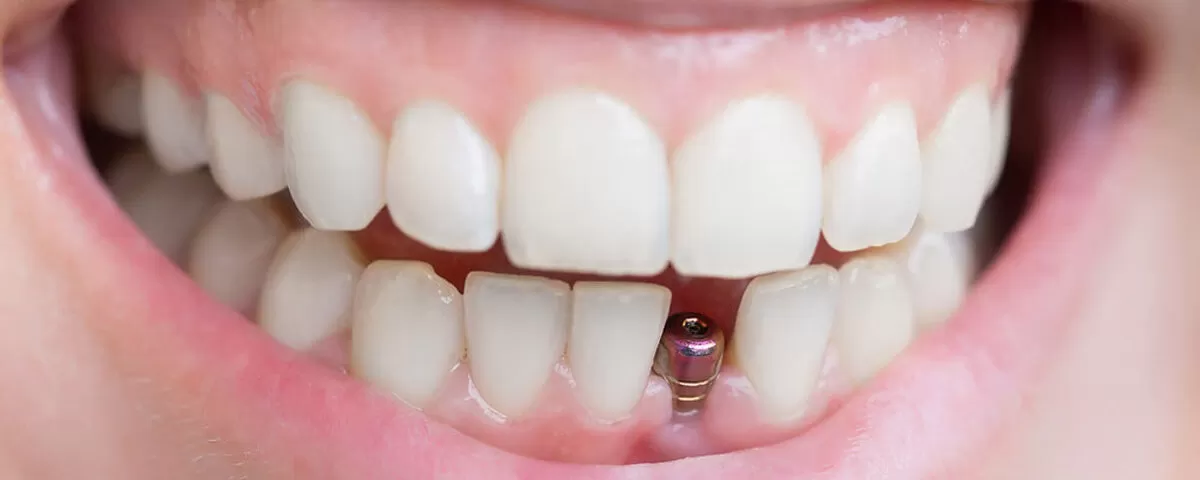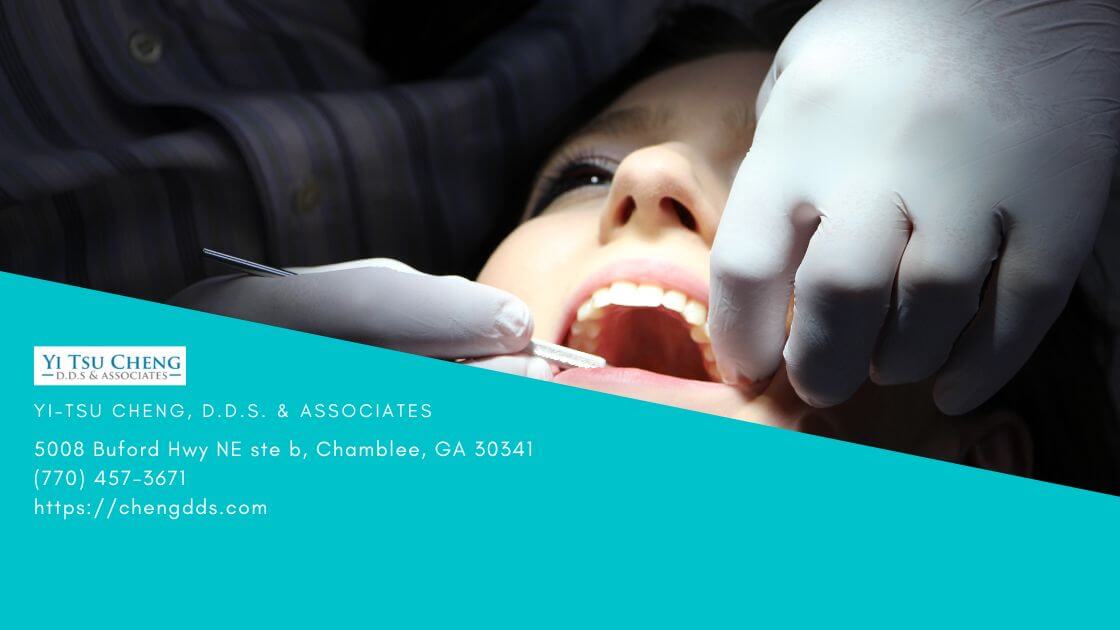Pain After Teeth Bleaching: Fast Relief Solutions
The quest for a brighter smile often leads many to teeth bleaching, a common cosmetic dentistry procedure. While the results can be dazzling, some individuals may experience an unwelcome companion to their newly whitened teeth: pain. The sensation can range from mild sensitivity to sharp, stabbing pains, leaving many to wonder if the price of a radiant smile is too high to pay. Understanding the causes of pain after teeth bleaching and exploring fast relief solutions can help mitigate this unwanted side effect, ensuring that the journey to a brighter smile is as comfortable as it is effective.
The Science Behind Teeth Bleaching Pain
To tackle the issue of pain after teeth bleaching, it’s essential to understand the process itself. Teeth bleaching involves the use of hydrogen peroxide or carbamide peroxide to penetrate the tooth enamel and reach the dentin, where the stains reside. This process can temporarily open up the dentin tubules, leading to sensitivity. The peroxide can also irritate the pulp, the innermost part of the tooth containing nerves, causing pain. Additionally, the gums can become irritated if the bleaching solution comes into contact with them, further contributing to discomfort.
Immediate Relief Strategies
For those experiencing pain after teeth bleaching, several immediate relief strategies can be employed:
Desensitizing Toothpaste: Using a desensitizing toothpaste before and after the bleaching procedure can help block the dentin tubules, reducing sensitivity. These toothpastes often contain ingredients like potassium nitrate or strontium chloride.
Pain Relief Medication: Over-the-counter pain relievers such as ibuprofen (Advil, Motrin) or acetaminophen (Tylenol) can help manage pain. However, it’s crucial to follow the recommended dosage and consult a dentist before taking any medication, especially if you have any health conditions or take other medications.
Cold Compress: Applying a cold compress to the outside of the mouth near the affected area can help numb the pain. This is a temporary solution but can provide quick relief.
Saltwater Rinse: Rinsing the mouth with warm salt water several times a day can help reduce swelling and ease pain. Mix 1 teaspoon of salt in a cup of warm water and swish it around in your mouth before spitting it out.
Long-Term Solutions
While immediate relief is crucial, addressing the root cause of the pain is essential for long-term comfort. Here are some strategies that can help:
Adjusting the Bleaching Concentration: If the pain is due to the high concentration of the bleaching solution, discussing a lower concentration with your dentist can help. This might prolong the bleaching process but can reduce sensitivity.
Tailoring the Bleaching Time: Reducing the duration of the bleaching session can also minimize exposure to the peroxide, potentially reducing pain.
Using a Desensitizing Gel: Applying a desensitizing gel to the teeth before bleaching can provide a barrier against the peroxide, reducing sensitivity.
Professional Guidance: It’s crucial to work closely with a dental professional who can monitor the bleaching process and adjust it as needed to minimize discomfort.
Preventive Measures
Prevention is always the best cure. To minimize the risk of pain after teeth bleaching:
Maintain Good Oral Hygiene: Regular brushing and flossing can help keep your teeth and gums healthy, reducing the risk of irritation during the bleaching process.
Choose the Right Bleaching Method: At-home bleaching kits can be convenient but may not offer the tailored approach that a professional can provide. Discussing your sensitivity concerns with a dentist can help choose the best method for your needs.
Follow Instructions: Whether using an at-home kit or undergoing professional bleaching, following the instructions carefully can help minimize the risk of sensitivity and pain.
Conclusion
The pursuit of a whiter, brighter smile doesn’t have to be marred by pain and discomfort. By understanding the causes of pain after teeth bleaching and employing fast relief solutions, individuals can enjoy the benefits of teeth bleaching with minimal discomfort. It’s a reminder that even in cosmetic procedures, comfort and health should always be paramount. Whether through preventive measures, immediate relief strategies, or long-term solutions, there are ways to mitigate pain and ensure that the journey to a radiant smile is as enjoyable as the result itself.
What are the common causes of pain after teeth bleaching?
+The common causes of pain after teeth bleaching include the temporary opening of dentin tubules and irritation of the tooth pulp and gums by the bleaching solution.
How can I prevent pain after teeth bleaching?
+Prevention measures include maintaining good oral hygiene, choosing the right bleaching method, and following instructions carefully. Discussing sensitivity concerns with a dentist can also help in selecting the best approach for your needs.
What are some fast relief solutions for pain after teeth bleaching?
+Fast relief solutions include using desensitizing toothpaste, taking over-the-counter pain relievers, applying a cold compress, and rinsing with saltwater. It's essential to consult a dentist before taking any medication.
As we continue to strive for that perfect smile, acknowledging and addressing the potential downsides of cosmetic procedures is crucial. By doing so, we not only ensure our health and comfort but also underscore the importance of informed decision-making in our pursuit of beauty and wellness.


